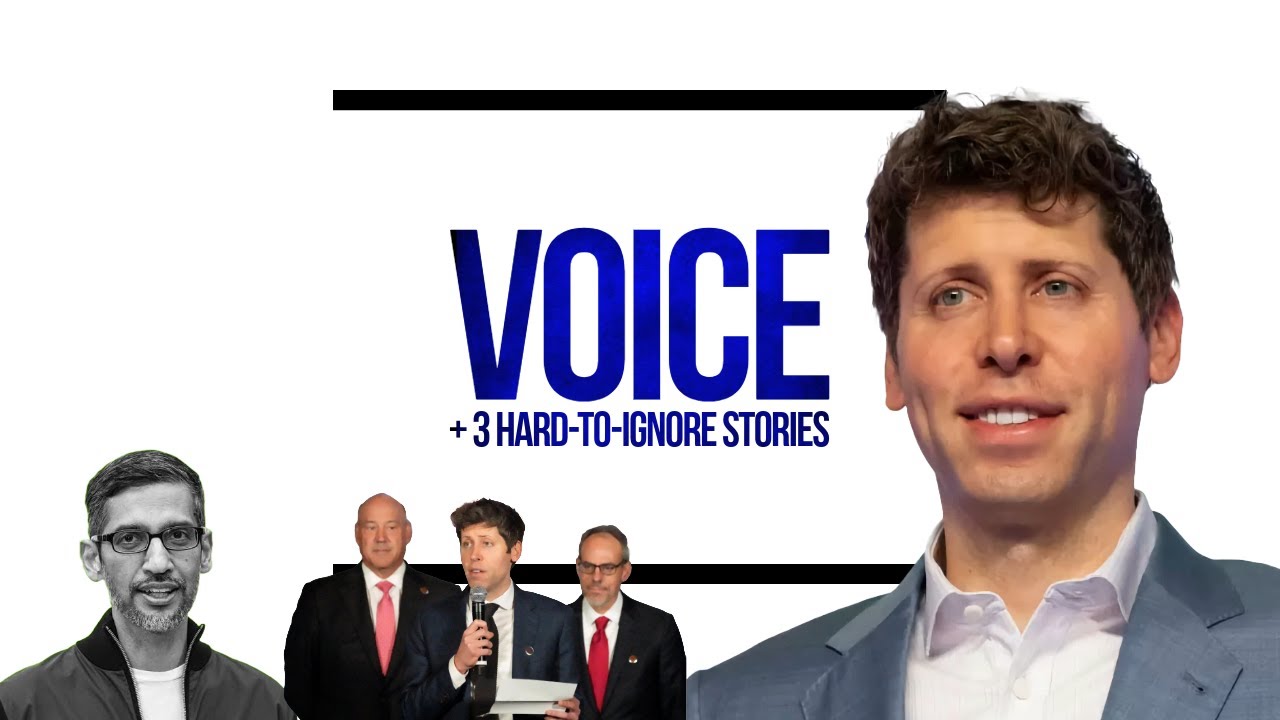The video discusses the rollout of ChatGPT’s advanced voice mode and highlights Sam Altman’s predictions about the imminent arrival of superintelligence, emphasizing the need for adequate infrastructure to support AI advancements. It also covers Google’s performance improvements with their Gemini 1.5 Pro model and introduces Google’s Notebook LM tool, which allows users to generate AI-driven conversations from uploaded documents.
The video begins with the announcement of the rollout of ChatGPT’s advanced voice mode, which has been described as highly responsive and realistic. The presenter shares their experience of accessing this feature despite it not being officially available in Europe, using a VPN and being a $20 monthly subscriber. They express excitement about the potential of this technology to engage millions more users with large language models and predict that by 2025, we might be having video calls with ChatGPT.
The video then transitions to discuss a recent essay by Sam Altman, which predicts the imminent arrival of superintelligence. Altman suggests that this could occur within a few thousand days, potentially between 2030 and 2038. He emphasizes that deep learning has proven effective and will continue to evolve, leading to significant advancements in AI. The presenter highlights a key point from the essay regarding the need for sufficient infrastructure to support AI, warning that without it, AI could become a limited resource, leading to competition and conflict over access.
Next, the video delves into OpenAI’s ambitious plans for data centers, which could require an extraordinary amount of power—up to 5 gigawatts each. The presenter compares this power requirement to that of nuclear reactors and discusses the implications of such energy demands on the accessibility of superintelligence. They express concern that if AI becomes a resource that only the wealthy can access, it could exacerbate social inequalities. The discussion also touches on the confidence of OpenAI and Microsoft in their plans, despite skepticism from some experts about the feasibility of such ambitious projects.
The second story focuses on Google’s recent announcement regarding the performance improvements of their Gemini 1.5 Pro model. The presenter notes that while Google has made strides in benchmark performance, particularly in mathematics and translation, it still lags behind OpenAI’s latest models. They provide a specific example comparing the reasoning capabilities of Gemini 1.5 Pro and OpenAI’s models, illustrating that while Google is making progress, there are still gaps in understanding complex scenarios.
Finally, the video introduces Google’s Notebook LM, a free tool that allows users to upload documents and generate AI-driven conversations about them. The presenter demonstrates how the tool works and highlights its potential for personal and professional use, emphasizing its ability to make material more engaging. They conclude by inviting viewers to reflect on which of the discussed stories they found most interesting, expressing their own fascination with all the developments in AI.
